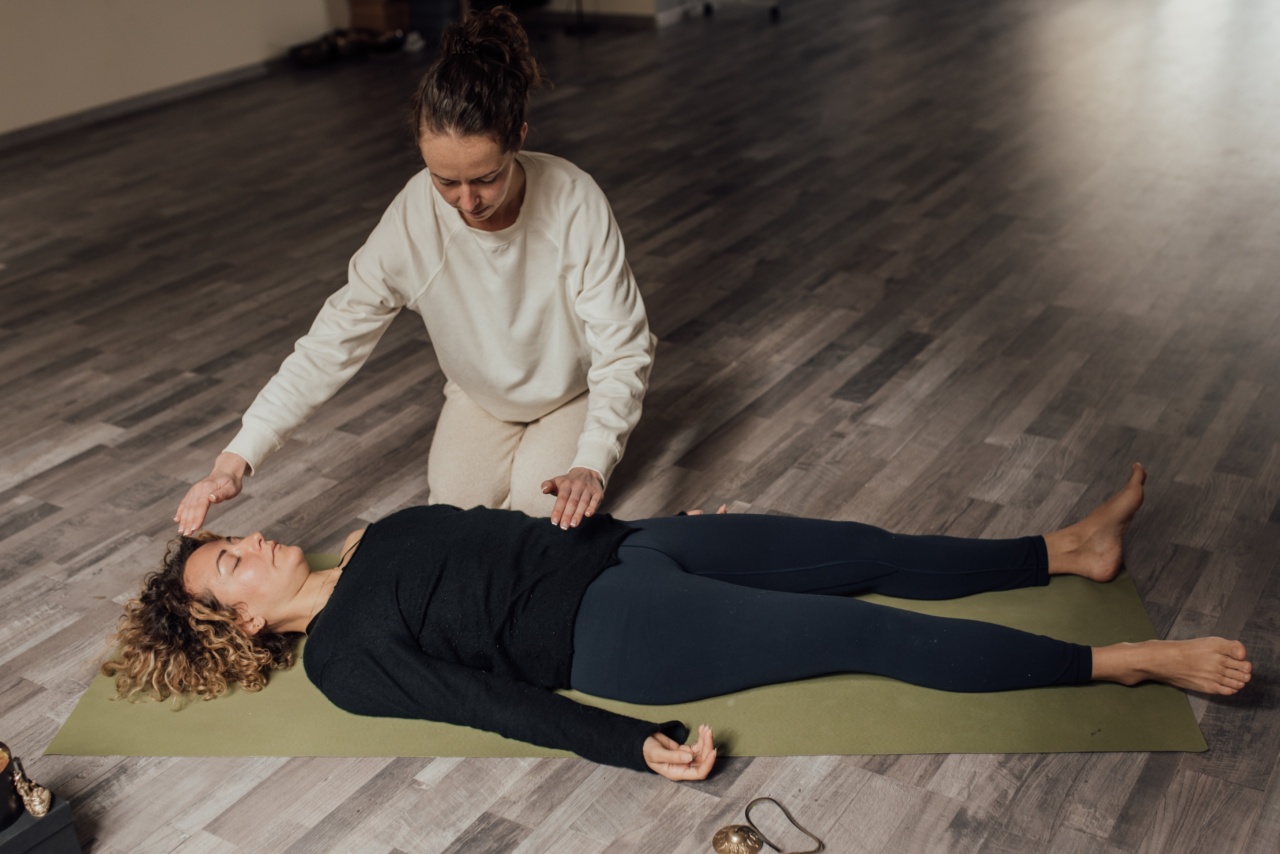When it comes to injuries, the time at which they occur can play a crucial role in the healing process. Nighttime injuries, in particular, have been found to have a slower healing process compared to injuries sustained during the day.
This phenomenon has been studied by researchers and medical professionals who have identified several reasons why nighttime injuries tend to take longer to heal.
1. Impact of sleep on healing
Sleep is an essential process for the body to repair and regenerate itself. At night, our bodies undergo various restorative processes that contribute to healing, such as increased blood flow to damaged tissues and the release of growth hormones.
When an injury occurs during sleep, these healing processes are disrupted or delayed, leading to a slower healing time.
2. Reduced blood flow
During sleep, our body’s metabolic rate decreases, leading to a decrease in blood flow to various parts of the body.
This reduction in blood flow can impede the delivery of essential nutrients and oxygen to the injured area, slowing down the healing process. Additionally, decreased blood flow may also result in a delay in the removal of waste products and inflammatory substances from the injury site.
3. Inactivity and immobility
When we are asleep, we are generally immobile for several hours. Lack of movement can result in stiffness, muscle atrophy, and decreased range of motion, making it more challenging for the body to recover from an injury.
Furthermore, immobility can also cause the formation of scar tissue, which may impede the healing process and lead to a prolonged recovery period.
4. Disrupted pain perception
During sleep, our pain perception tends to be altered, making it harder for our bodies to detect and respond to injury-related pain signals.
This delay in pain perception can result in a delay in seeking medical attention or taking appropriate measures to care for the injury promptly. Consequently, this delay can impact the overall healing process and potentially prolong recovery time.
5. Psychological factors
Being injured during the nighttime can also have psychological implications that affect the healing process. Nighttime injuries often lead to disruptions in sleep patterns, increased stress levels, and anxiety about future injuries.
These psychological factors can negatively impact the body’s ability to heal by interfering with important healing mechanisms, such as the release of stress-reducing hormones and the regulation of inflammatory responses.
6. Delayed diagnosis and treatment
When an injury occurs during the nighttime, there may be a delay in diagnosis and treatment.
Emergency departments and healthcare facilities typically experience higher patient volumes during the day, which can result in longer wait times for nighttime injury cases. Delayed diagnosis and treatment can have significant consequences on the healing process, as prompt medical intervention is essential for optimal recovery.
7. Environmental factors
Environmental factors can also contribute to the slower healing of nighttime injuries. Factors such as low temperatures, increased humidity, and reduced natural light exposure during the night can have indirect effects on the healing process.
Cold temperatures, for example, can constrict blood vessels and decrease blood flow to injured areas, hindering the delivery of nutrients and oxygen needed for healing.
8. Disturbed circadian rhythm
The circadian rhythm, our internal body clock that regulates various physiological processes, can also play a role in healing.
Disruptions to the circadian rhythm caused by nighttime injuries can impact the timing and coordination of cellular activities involved in wound healing and tissue repair. This disturbance can lead to an overall slower healing process.
9. Age-related factors
As we age, the healing process naturally slows down due to various biological changes. Nighttime injuries may have a more pronounced effect on older individuals, as their body’s ability to repair and regenerate becomes increasingly compromised.
Aging-related factors, such as decreased collagen production and impaired immune function, can further contribute to the prolonged healing time associated with nighttime injuries.
10. Individual variability
It is important to recognize that the healing process can vary significantly from person to person.
Some individuals may experience faster healing despite sustaining nighttime injuries, while others may have slower healing regardless of when the injury occurs. Factors such as overall health, pre-existing medical conditions, and lifestyle choices can influence how the body responds to injuries, regardless of the time at which they occur.
While nighttime injuries may generally result in a slower healing process, it is crucial to seek appropriate medical attention and follow recommended treatment protocols to optimize healing regardless of the time of injury.
Understanding the factors that can impact healing can help individuals make informed decisions regarding injury prevention and management, leading to improved outcomes and shorter recovery times.





























